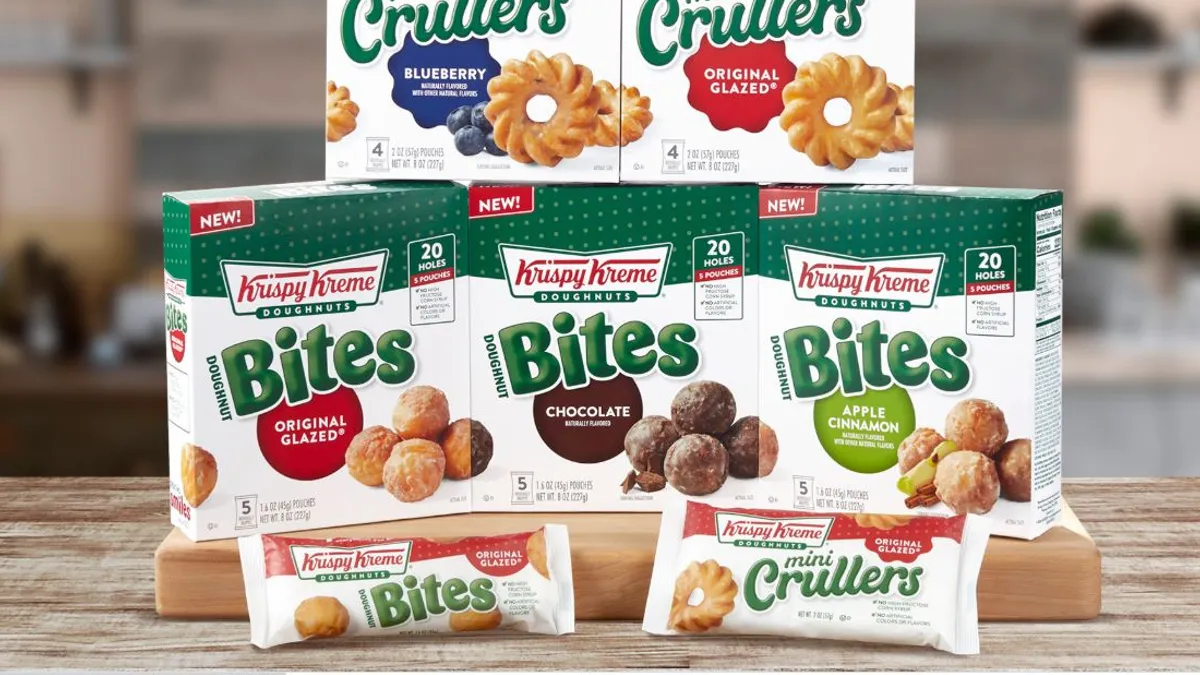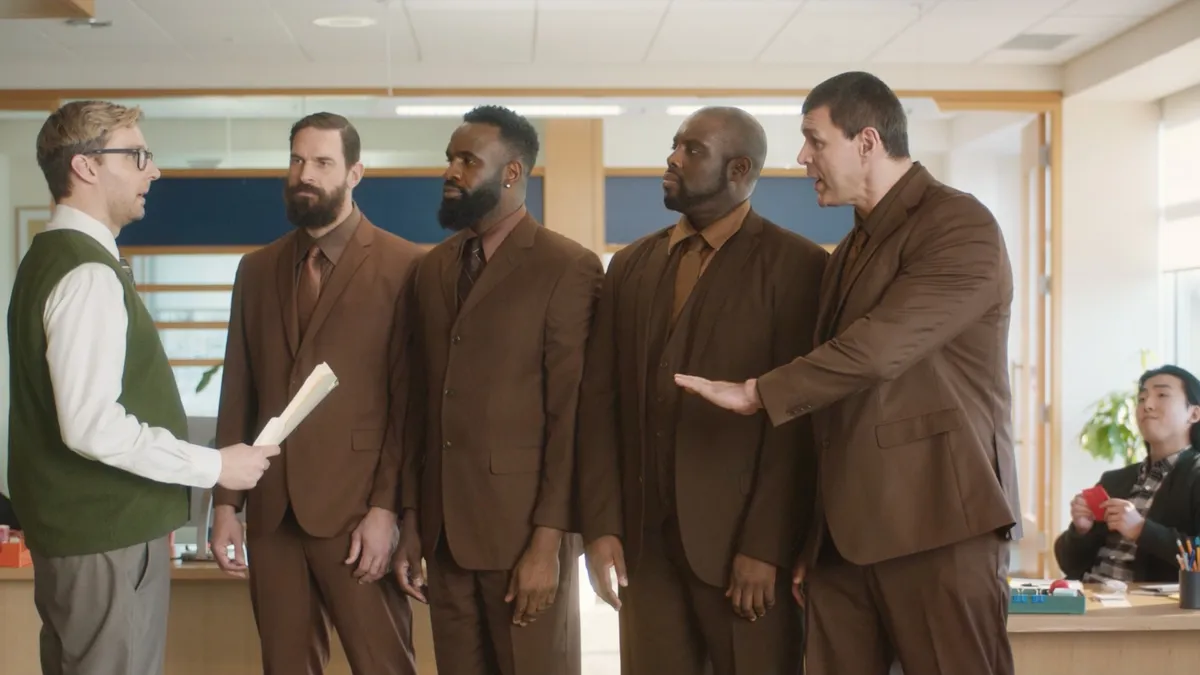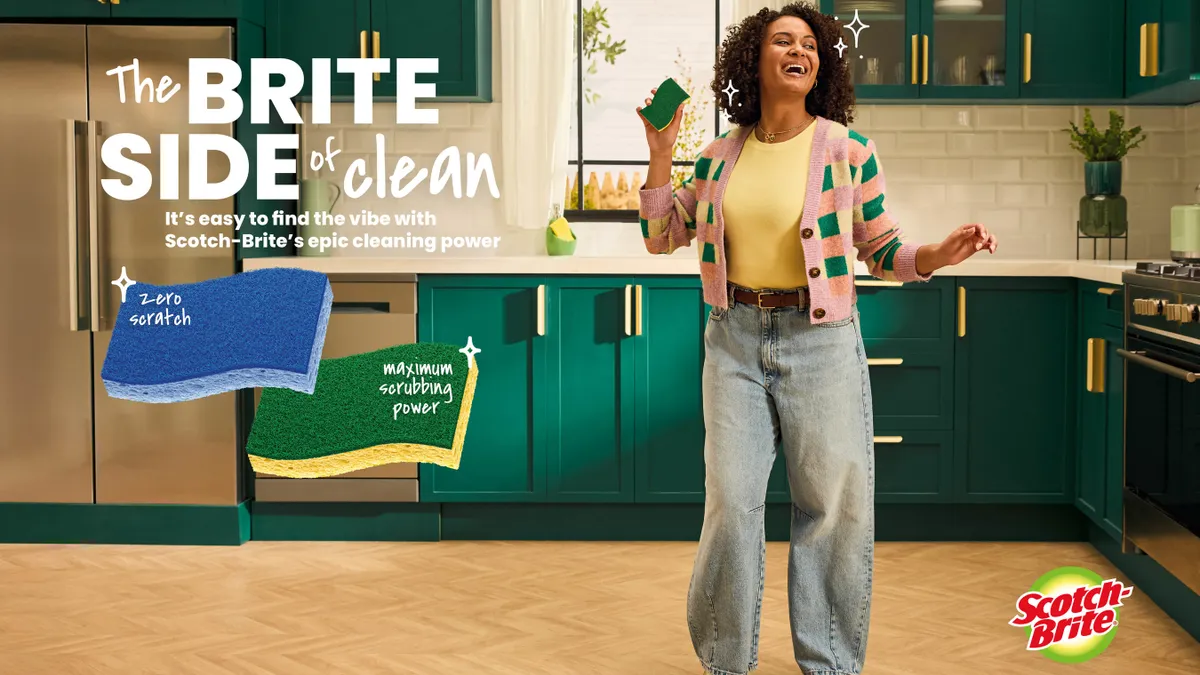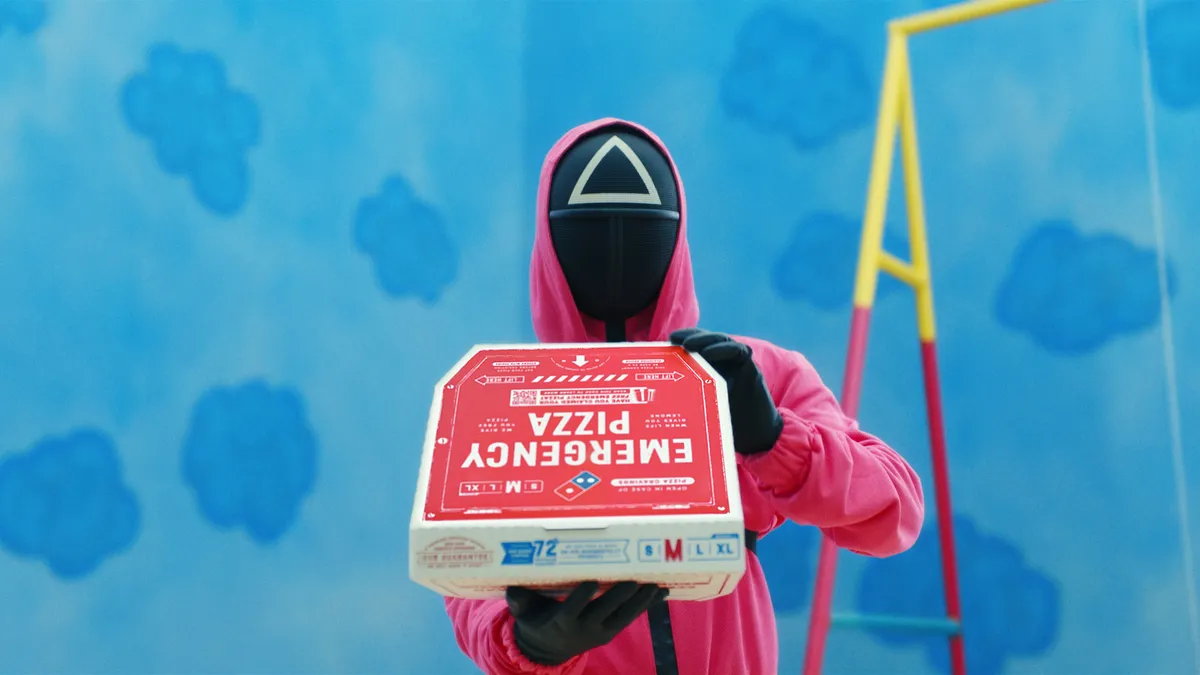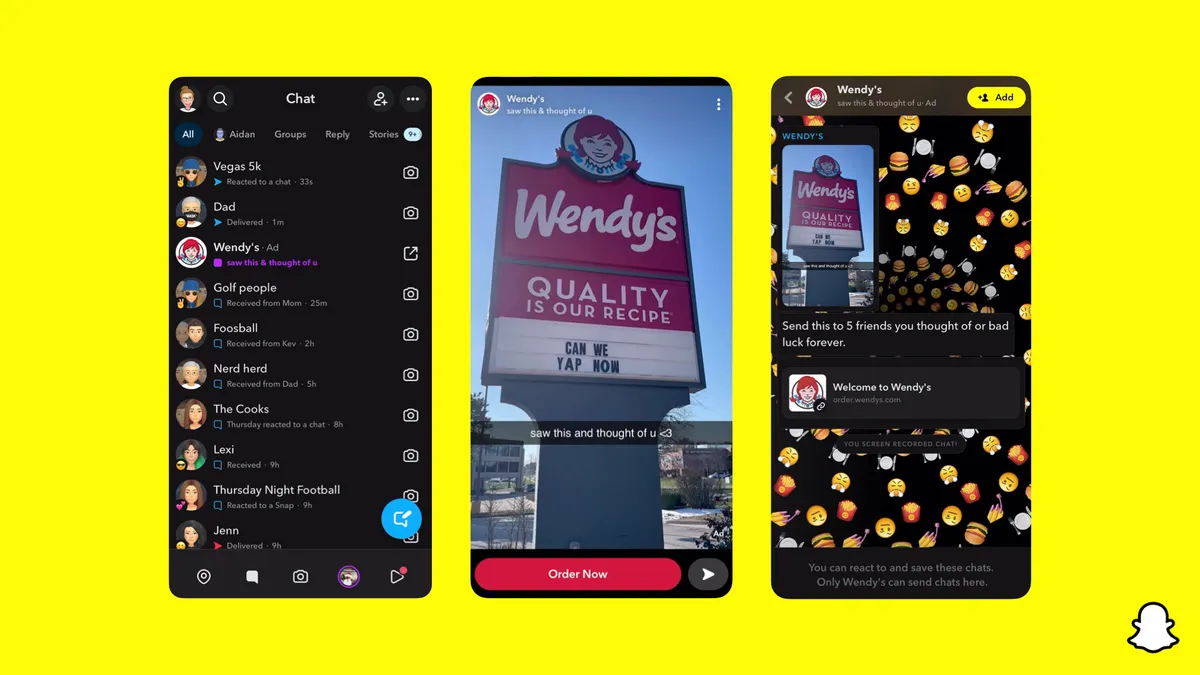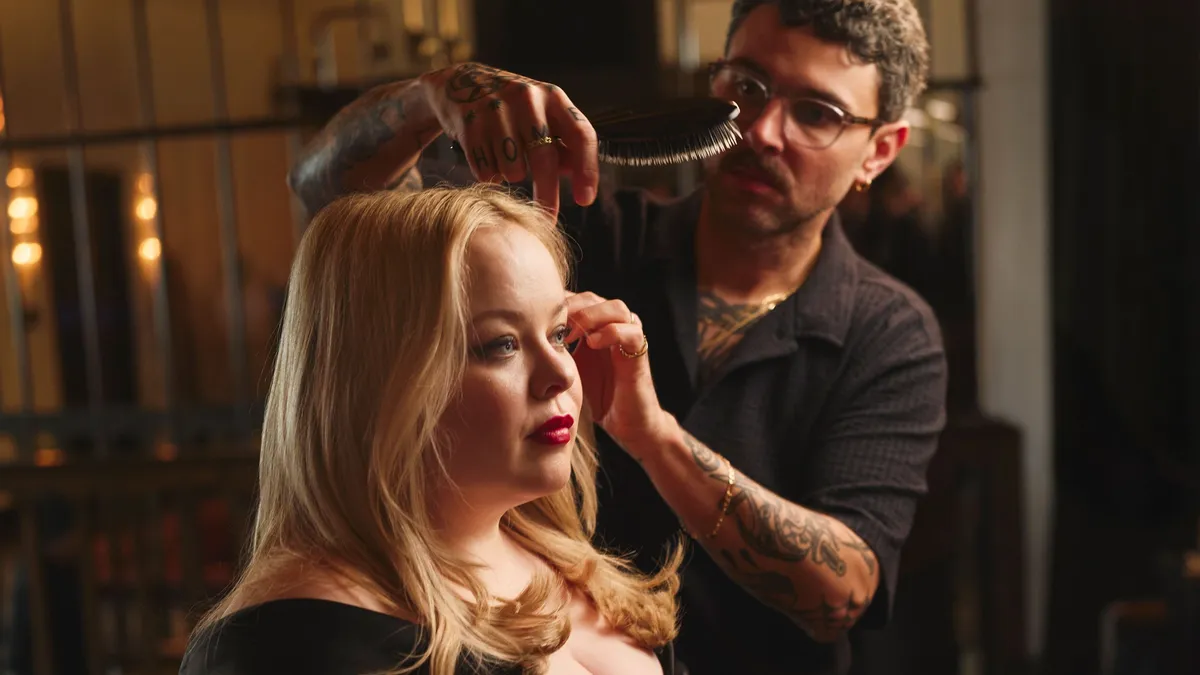The coronavirus pandemic continues to shape daily life, with marketers shifting to meet the moment as some municipalities emerge from lockdown and adjust to a new — but ever-evolving — normal. However, a few consumer behaviors that changed during the health crisis may be long-lasting, potentially benefiting trusted brands and accelerating pre-pandemic trends like e-commerce and delivery.
With both retail shops and a CPG line, Krispy Kreme has seen the effects of the pandemic on many parts of its business, including manufacturing safety and store closures. Notably, the brand recently announced two new products — Doughnut Bites and Mini Crullers — exclusively in Walmart aisles nationwide and online.
"I think the main thing for us is: Why now? I think that it's a reasonable question that no one had this idea for 83 years, 'maybe you should be national,'" CMO Dave Skena explained to Marketing Dive. "Why now is we're ready. That's a good time to do things."
The chief marketer, who joined Krispy Kreme in 2018 after three years at Ruby Tuesday and eight years at PepsiCo, detailed to Marketing Dive the Walmart launch, the company's fortuitous roll-out of delivery in February and how the brand markets itself as the state of the pandemic continues to change.
The following interview has been edited for clarity and brevity.
MARKETING DIVE: The pandemic has upended marketing. How has that affected Krispy Kreme, both with the recent delivery launch and from a brand identity standpoint?
SKENA: I mentioned our marketing strategy and business strategy has been to expand access to the brand. We picked a pretty good year to do that. We launched delivery nationwide in February and doubled [e-commerce sales] from 2% to what we thought was an outstanding 4%. Then, a couple weeks later, the pandemic really hit in full force, and suddenly e-commerce was up to 20% of sales. So that was a pretty big shift in pretty short order. We bought a lot of servers that day, I can tell you.
During the pandemic, especially, we've been focused on what we can do. We don't make respirators, surgical gowns, face masks and things like that. But we bring a lot of joy with our products and at a time when people are looking for it. How can we bring more of that to more people more often?
That's why you see that a lot in a retail environment. There were so many giveaways to seniors, to medical workers. We gave extra dozens for people to give to neighbors because we want to essentially expand as much joy as we can and be a little bit of a light. We're pretty humble and aware. We're a doughnut company, but we do more than that. We provide a little joy to folks. And so delivery is another way to do that and expand access. And certainly, CPG is a huge way.
The partnership with Walmart includes a virtual grand opening on Zoom, which probably wasn't originally the plan. How did that come together? [Editor's note: Skena spoke with Marketing Dive before the Zoom event took place on June 24.]
SKENA: We usually have such big celebrations around our shops when we do a retail shop opening. People camp out overnight to be the first people to get to Krispy Kreme. We do fun, silly things, such as games and entertainment on the line. How can you do that nationally, and then with COVID, how can we also do it in the pandemic?
With so many of us working from home and using Zoom or other video systems, we said, "it's probably a good place to see that." We're going to do fun, lighthearted entertainment. Shaquille O'Neal will continue to help us out. So it should be just a fun way for us to celebrate with our guests who've been waiting for Krispy Kreme to be available where they live.
What does the partnership with Walmart mean for the Krispy Kreme brand?
SKENA: We've always had a CPG component. That's where we started. But for the first time in 83 years we'll have nationwide reach. That's what Walmart gives us.
One of the big pieces of our marketing strategy is how we extend access to the brand. The most common complaint we get is "why can't I have a Krispy Kreme near me?" and this is a way where we can. We think it's a huge step forward for the brand and for the business, that we can bring the Krispy Kreme taste and quality to folks all over the country in a way we've never been able to do before.
What are some challenges of doing a pre-packaged product launch with a partner like Walmart while every municipality has a different approach to business amid the pandemic?
SKENA: The first and biggest one is safety. As we start standing up this manufacturing facility, our ability to make these doughnut holes and mini crullers for Walmart, how do we ensure that's done in an environment that is as safe for the workers as possible?
With Walmart as a partner, we're happy with their commitment to their customers and with everything they can to get as safe a shopping experience as possible. Safety, not surprisingly, was our biggest concern, both in the manufacturing and distribution of the product, and the safety of our employees and consumers.
But from a business perspective, it's a challenge. There are so many more things that you need to consider — including local, state and federal guidance — to be in line with from a retail shop perspective to make sure you can continue to provide your services largely uninterrupted. That's been a challenge in retail shops, although we've risen to that challenge thanks to drive-thrus and good safety practices in our shops. But then as we go into CPG [with Walmart], it's terrific to be able to offer a pre-packaged product for folks to enjoy.
How are you able to walk the line as a marketer when you have to pivot to new stages of the pandemic?
SKENA: Something we try to do as a brand is be culturally relevant. So for us, we're constantly on with new campaigns and product innovation to stay on top of things. We're also a brand that is about joy, comfort, bringing people together and sharing a lot of positive qualities, and we like to focus on that side of things as much as we can.
We're always working to be better in every aspect of what we do. But we are trying to make sure that our messaging is culturally relevant as the pandemic changes. We'll get out of lockdown, and who knows, maybe back into lockdown. How will we keep up with the mood of the country and serve people as a place to go for a moment of happiness, either with their family they're in lockdown with or as an escape from what's going on in the world?



